90 Moonstruck Years
Griffith Observatory’s 90th year – 2025 – is all about our closest celestial neighbor, the Moon. Join us at Griffith Observatory as we explore supermoons, lunar standstills, and other lunar phenomena.
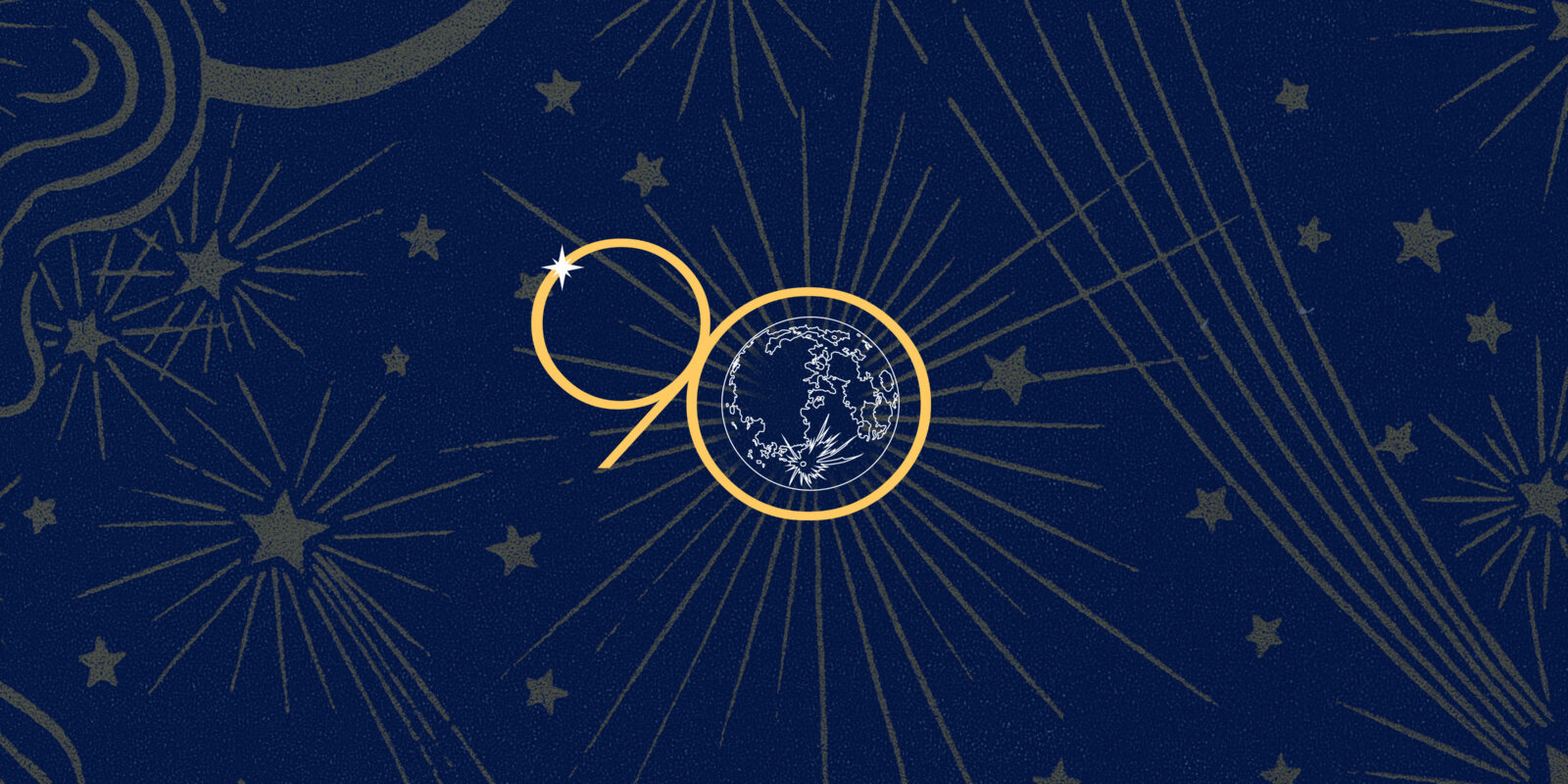
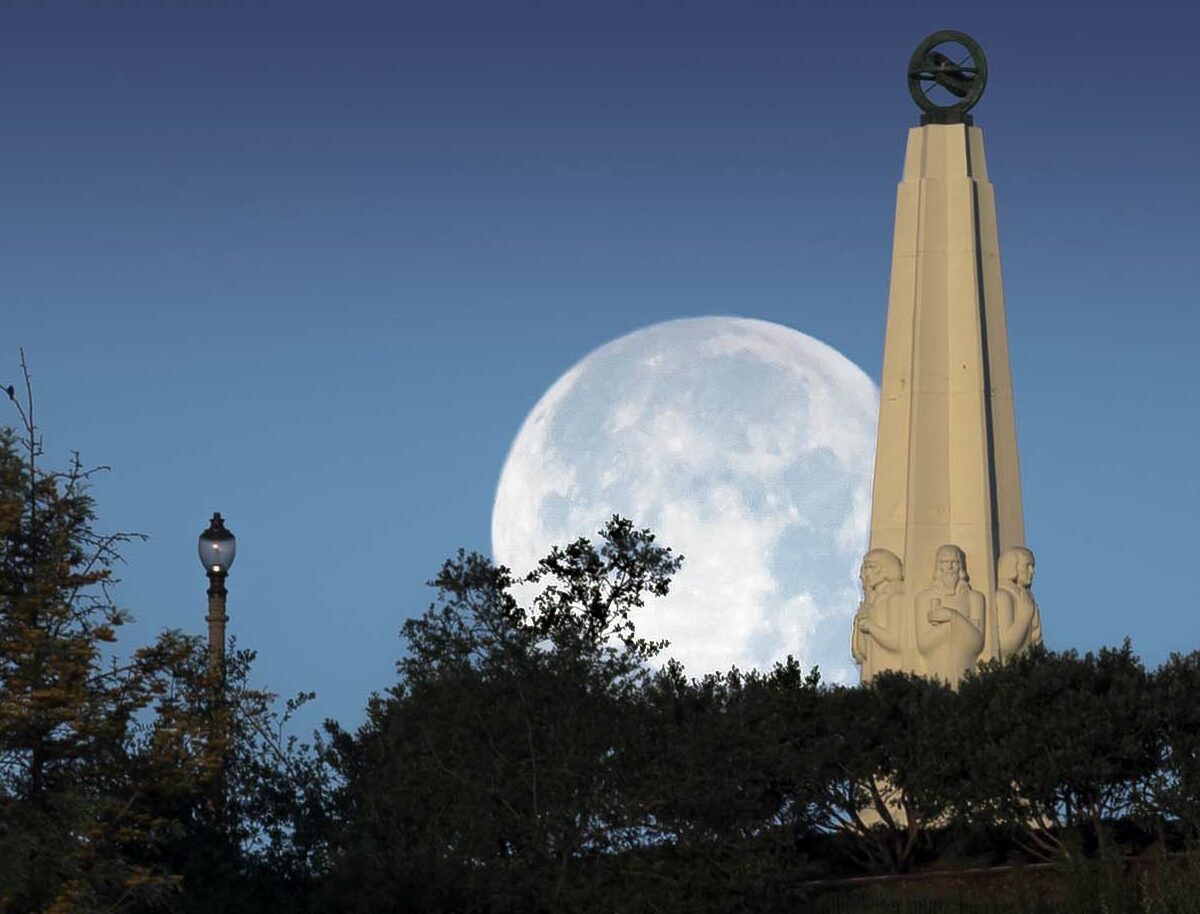
Mark Your Calendar for These Lunar Events
Lunar Occultation of Mars
The Moon’s disk covers roughly half a degree of the sky. As the Moon travels through the night, a bright and recognizable object occasionally occupies that space and is covered by the Moon. On January 13, Griffith Observatory captured, and broadcast live, the Moon’s temporary passage in front of Mars as the Moon covered the bright planet! Watch the broadcast for this event here.
Lunar Eclipse
Don’t miss the March 13, 2025, total lunar eclipse! Learn why eclipses happen and how to view this awe-inspiring event.
Major Lunar Standstill
See how the monthly limits of moonrise and moonset reach their greatest limits every 18.6 years. The major lunar standstill will be particularly dramatic in January, June, July, November, and December.
Supermoons
Observe the full Moon at its biggest and brightest in October, November, and December. We’ll explore why supermoons occur, how they affect tides and the night sky, and the real reason why they look so large.

Understanding the Moon
- Learn about the Moon’s phases and their impact on life on Earth.
- Visit Griffith Observatory’s Moon exhibit and see an actual rock from the Moon (brought back by Apollo 14 astronauts) on display!
- Did You Know?
- Dr. Dinsmore Alter, the first director of Griffith Observatory, was an astronomer who became an authority on lunar geology in his lifetime. A 40-mile diameter crater on the Moon is named after him.
-
The Moon is bright and easily visible in our sky because it reflects light from the Sun. One might think that the Moon is very reflective, however, it only reflects about 7% of the light that hits it. The Earth in comparison reflects 30% of the light from the Sun back into space. This is why Earth appears brighter in images from NASA satellites when the Moon is also present.
-
Moonquakes! Apollo astronauts placed seismographs on the Moon to measure moonquakes. Scientists found that two major factors contributed to moonquakes: extreme temperature changes on the Moon; and tidal forces from the Earth. Similar to how the Moon affects our oceans and large bodies of water to create tides, the Earth’s gravity also affects the Moon. Learn more about how the Moon and tides are connected.
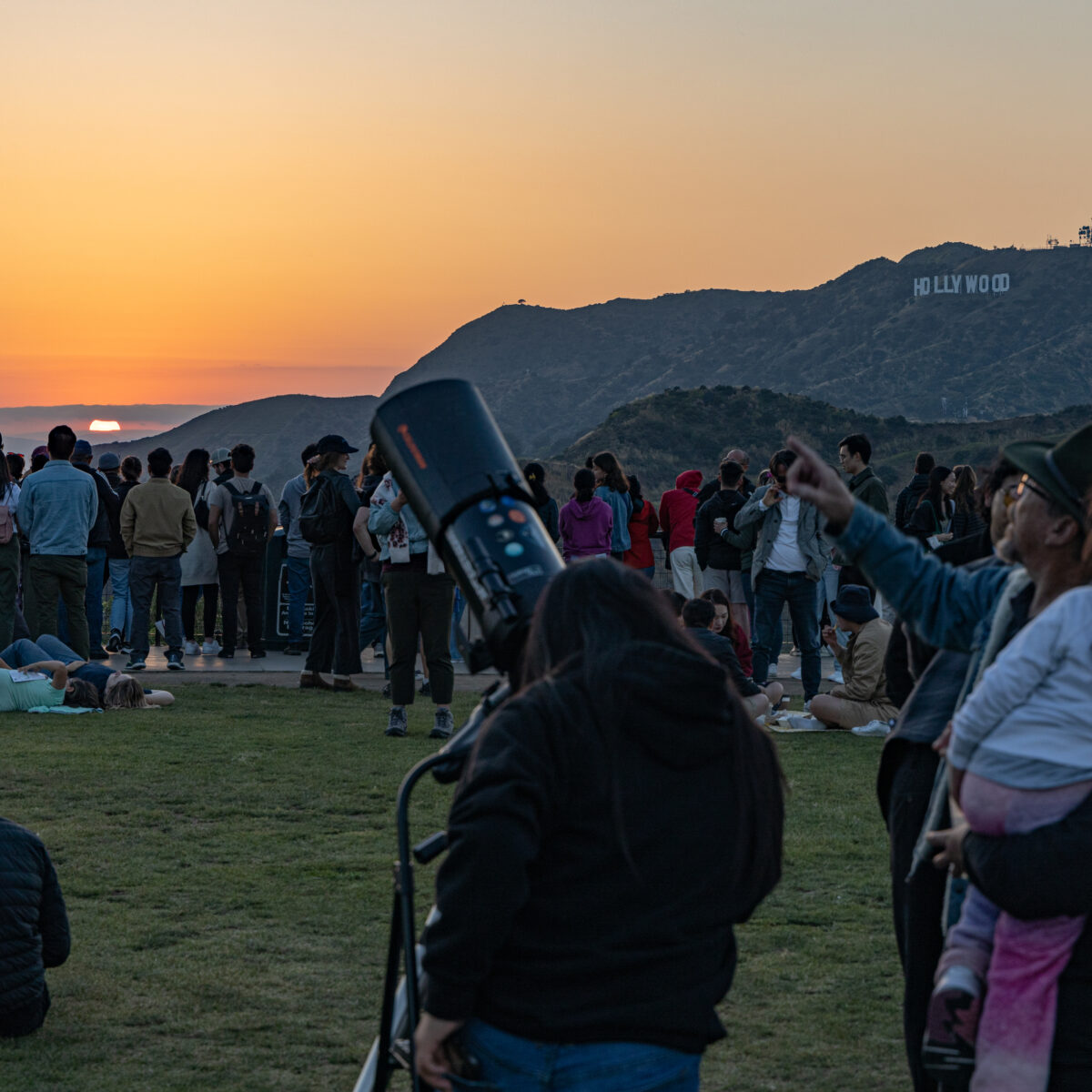
Join Our Moonlit Celebrations
We hope you’ll attend one of Griffith Observatory’s 2025 lunar events, including star parties, lunar standstills, and other observing nights. Free public star parties are held monthly at Griffith Observatory from 2:00 p.m. to 9:45 p.m. They are a chance for the whole family to look at the Moon and other celestial objects, to try out a variety of telescopes, and to talk to knowledgeable amateur astronomers about the sky and their equipment.
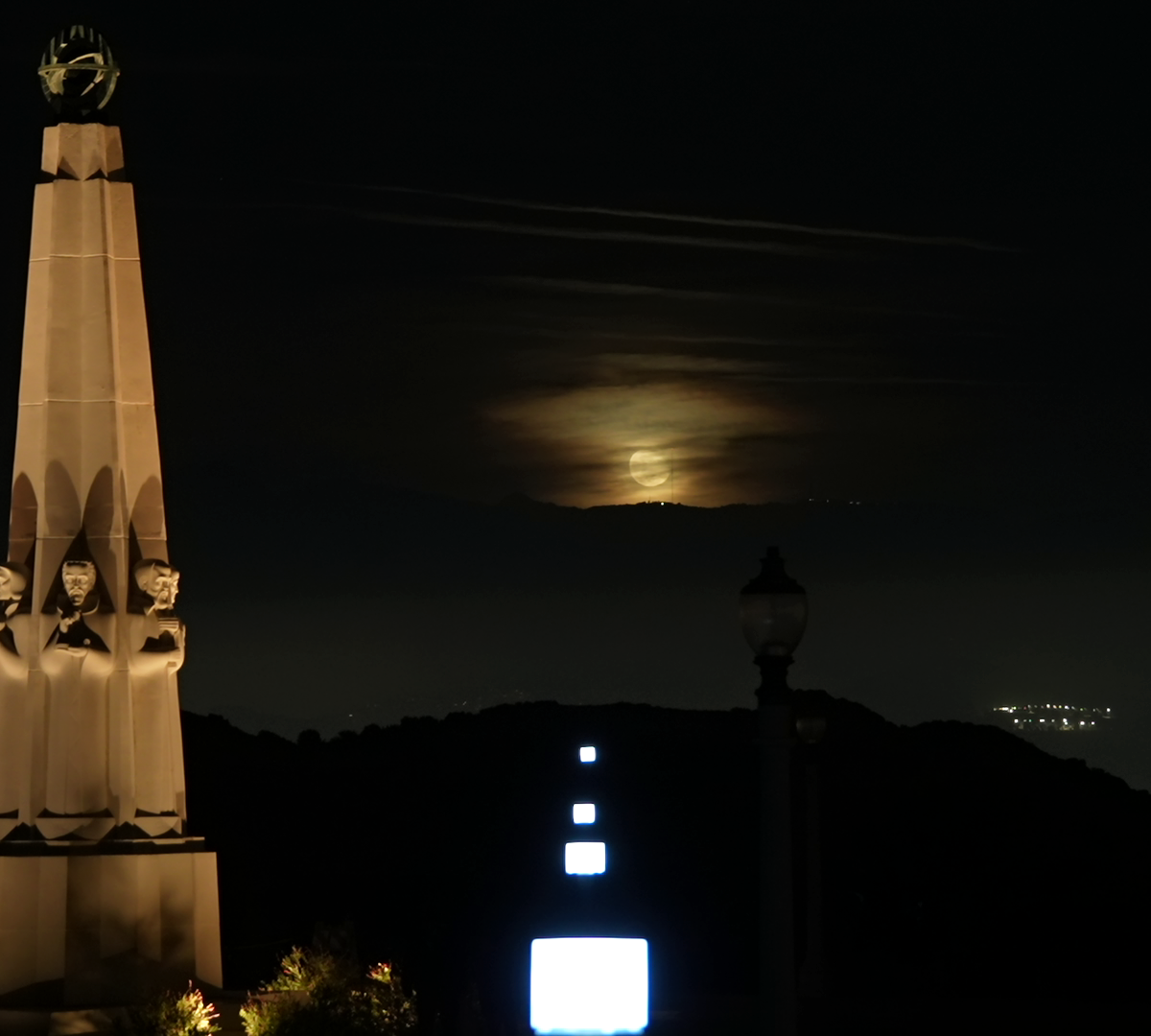
What is a Major Lunar Standstill?
The major lunar standstill results from the rotation of the Moon’s inclined orbit over an 18.61 year cycle. The last time this happened was in, 2006, when the Observatory was still under construction for renovation and expansion.
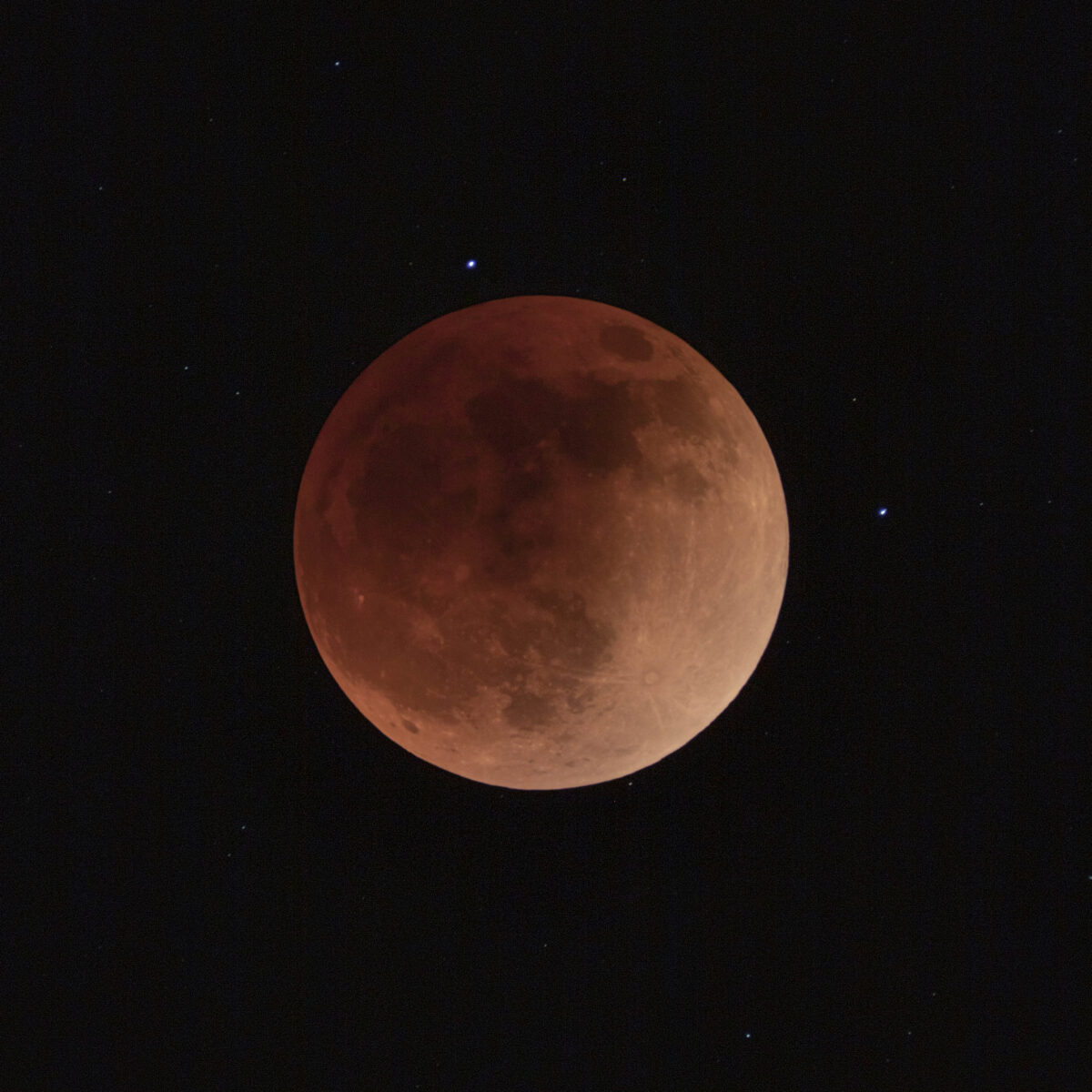
What Is a Total Lunar Eclipse?
A total lunar eclipse occurs when the Moon passes directly into the dark, inner shadow, or umbra, cast by the Earth. On March 13, 2025, one hundred percent of the round disk of the full Moon slowly moves into the deep shadow, and the bright Moon grows dim. The Moon does not, however, become completely dark. Instead, it usually appears coppery red, from sunlight sent and filtered by the Earth’s atmosphere (much like a sunset).
This total lunar eclipse begins at 10:09 p.m., PDT, on March 13, 2025, and ends at 1:48 a.m., PDT, on March 14, 2025.
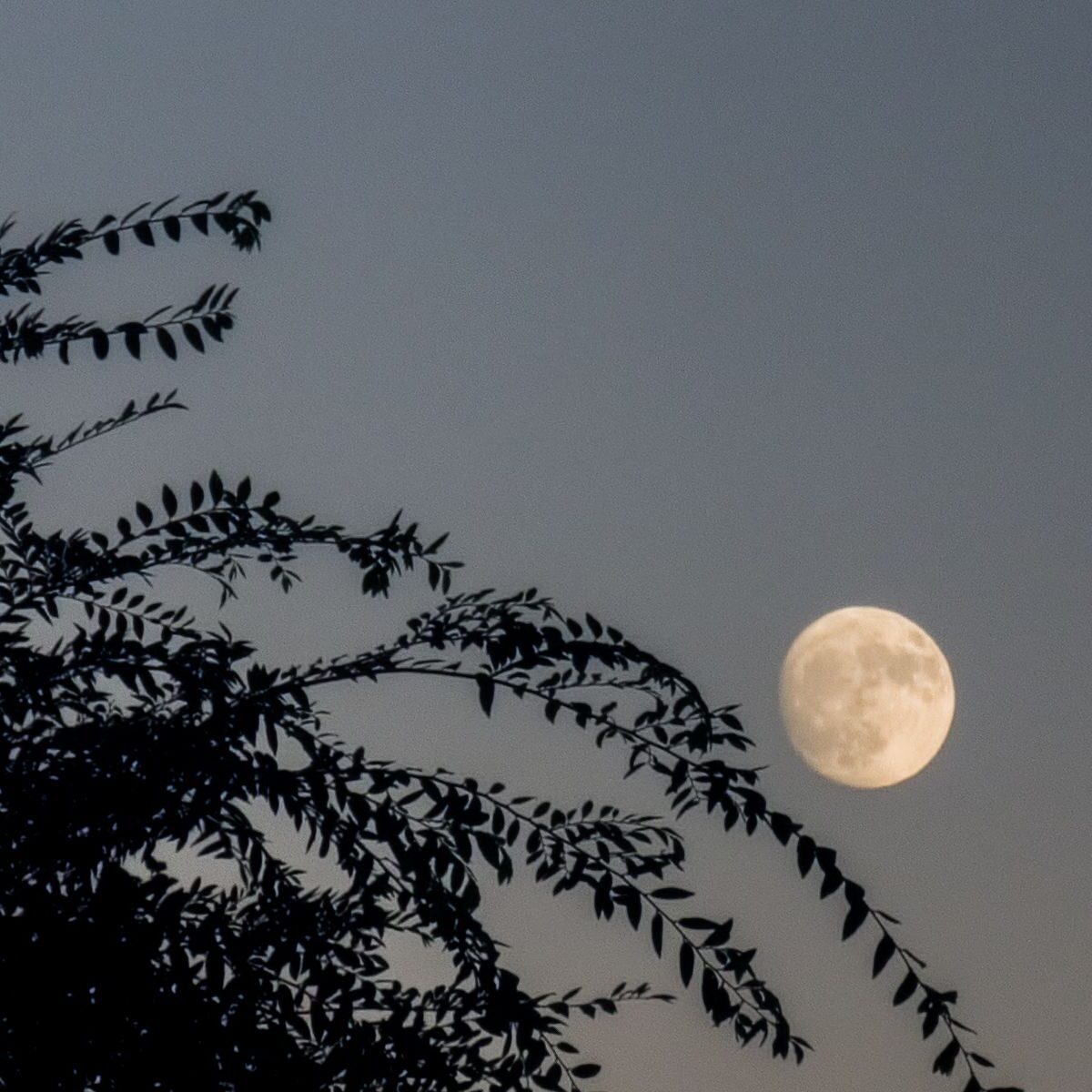
What Is a Supermoon?
The Moon is a steady and reliable timekeeper, but careful observers know the Moon changes more than its phase every day. Most of the changes are related to the Moon’s orbit.
The geometry of the Earth, Moon, and Sun and the orbital period of the Moon cause the familiar cycle of lunar phases. The slightly oval shape of the Moon’s orbit around the Earth sometimes brings the Moon closer to the Earth and at other times farther away. The combination of these two cycles cause what some call “supermoons”.
When the Moon is slightly closer to us, it covers a slightly larger area of the sky, and it covers a slightly smaller section when it is farther away. This occurs every month. Sometimes the full Moon occupies the closest point of its orbit, and that is a so-called “supermoon”.
Although these supermoons are not easily perceived by the eye, simple measurement and observation reveal this hidden complexity in this movement of our nearest celestial neighbor.
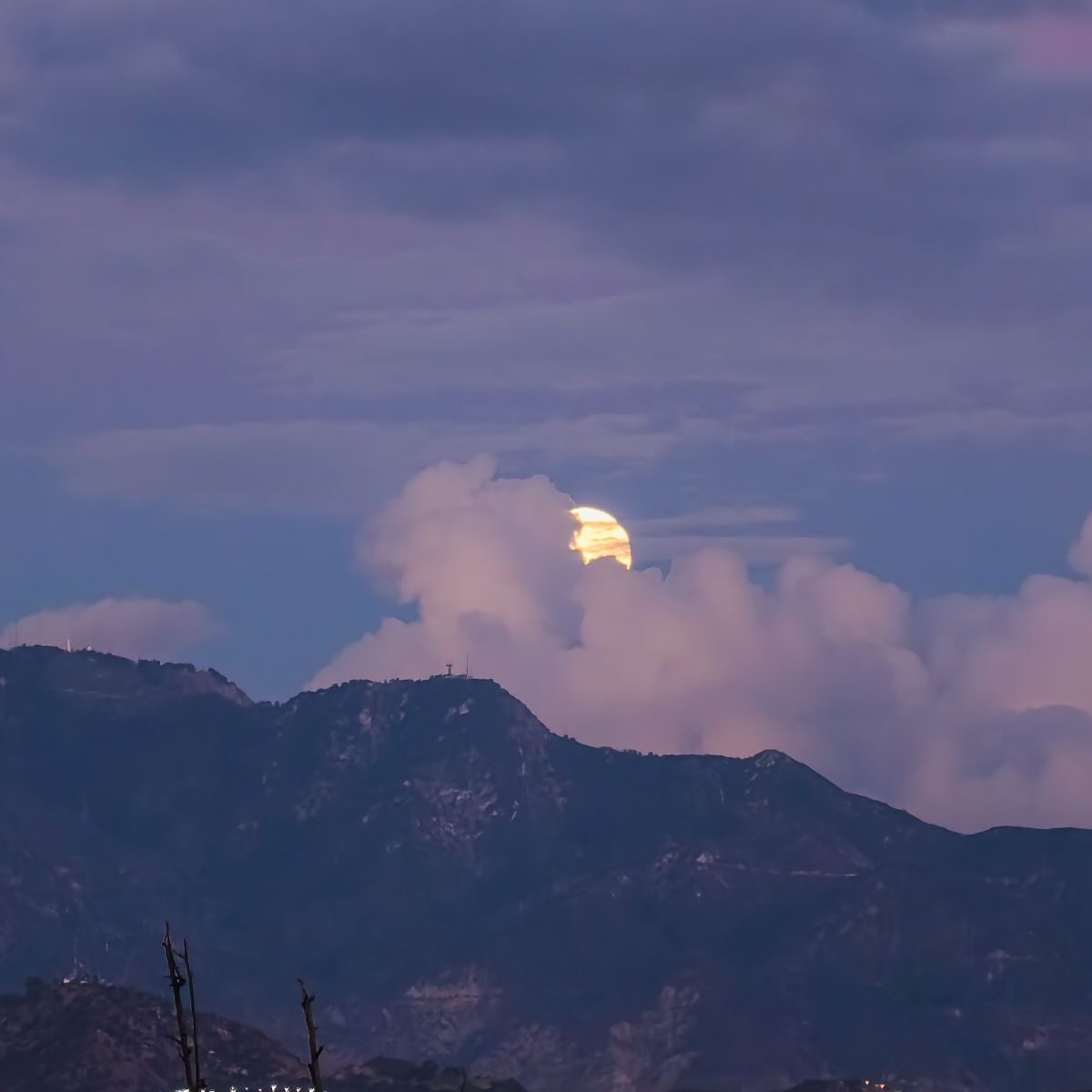
Celebrate the Moon Together
From eclipses to standstills to supermoons, 2025 is your chance to connect with the Moon like never before. Stay tuned for updates, events, and ways to get involved.